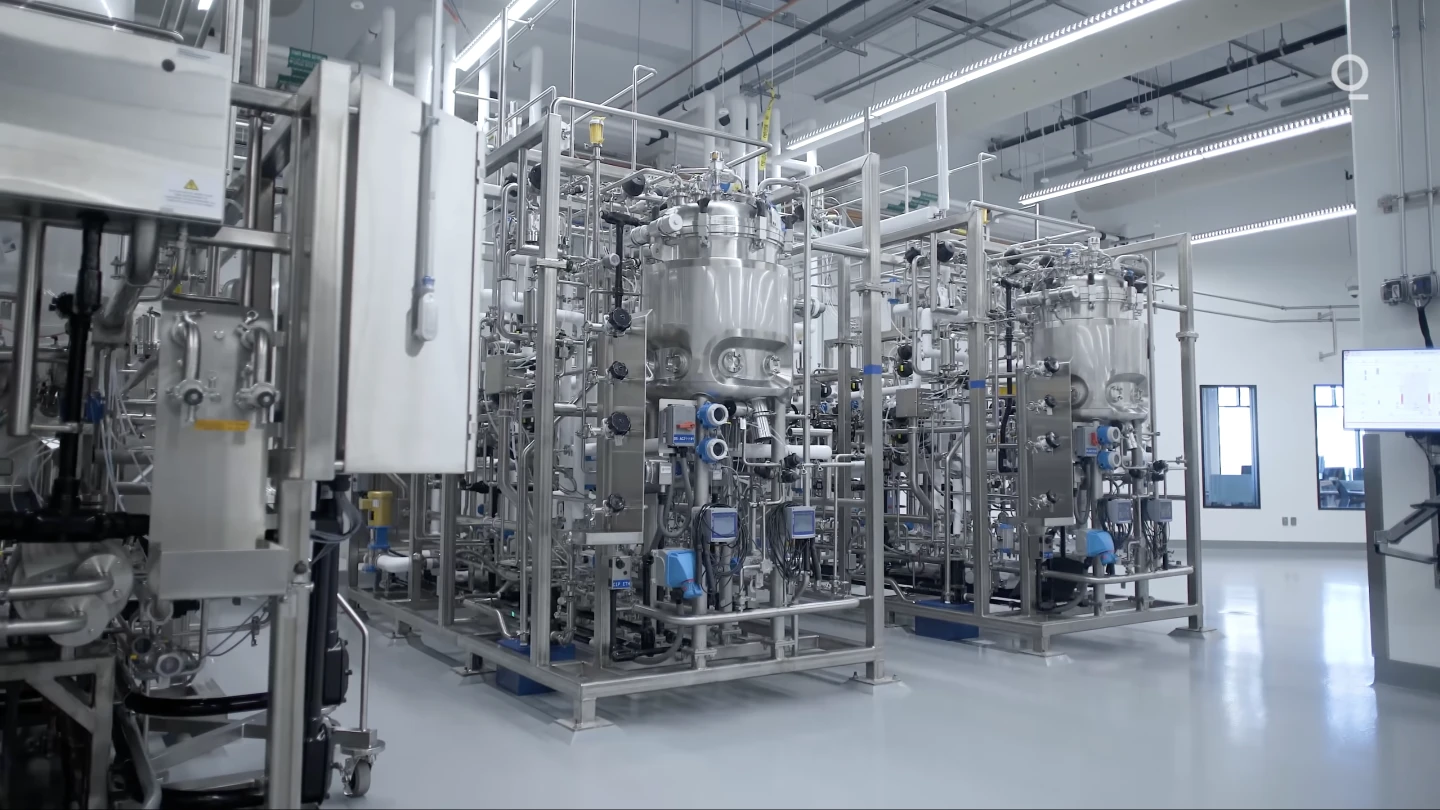What Is the Environmental Impact of Lab-Grown Meat?
Lab-grown meat companies claim it is better for the environment than natural, farm-raised meat. Overall, however, researchers believe lab-grown meat could actually have 25 times the environmental impact of farm-raised meat. Why? Let’s look at the full picture below.
Farms vs. Factories
There are several areas to examine when comparing the environmental impact of lab-grown meat with farm-raised meat. A recent lifecycle analysis, which attempts to capture the whole picture about a production process, found that lab-grown meat could have 25 times the emissions as natural meat.
Why? Let’s consider how each is made.
Livestock farms take up land, and additional land is used on crop farms to grow feed for livestock. In comparison, lab-grown meat factories have less of a land footprint.
However, lab-grown meat requires huge amounts of energy to make. First, the factories themselves require power to operate. In comparison, a cow grazing on grass isn’t using any electricity.

Inputs
Second, the inputs of lab-grown meat have a high environmental impact. Lab-grown meat requires a synthetic bath of chemicals and hormones that stimulate the cells to grow and divide. This synthetic blood must be made extremely precisely–to pharmaceutical-grade levels of purity. Any impurities might ruin the whole batch of cells. Manufacturing this synthetic blood is both expensive and resource-intensive, raising both hard costs and environmental costs.
Read more about the high environmental impact of lab-grown meat here.